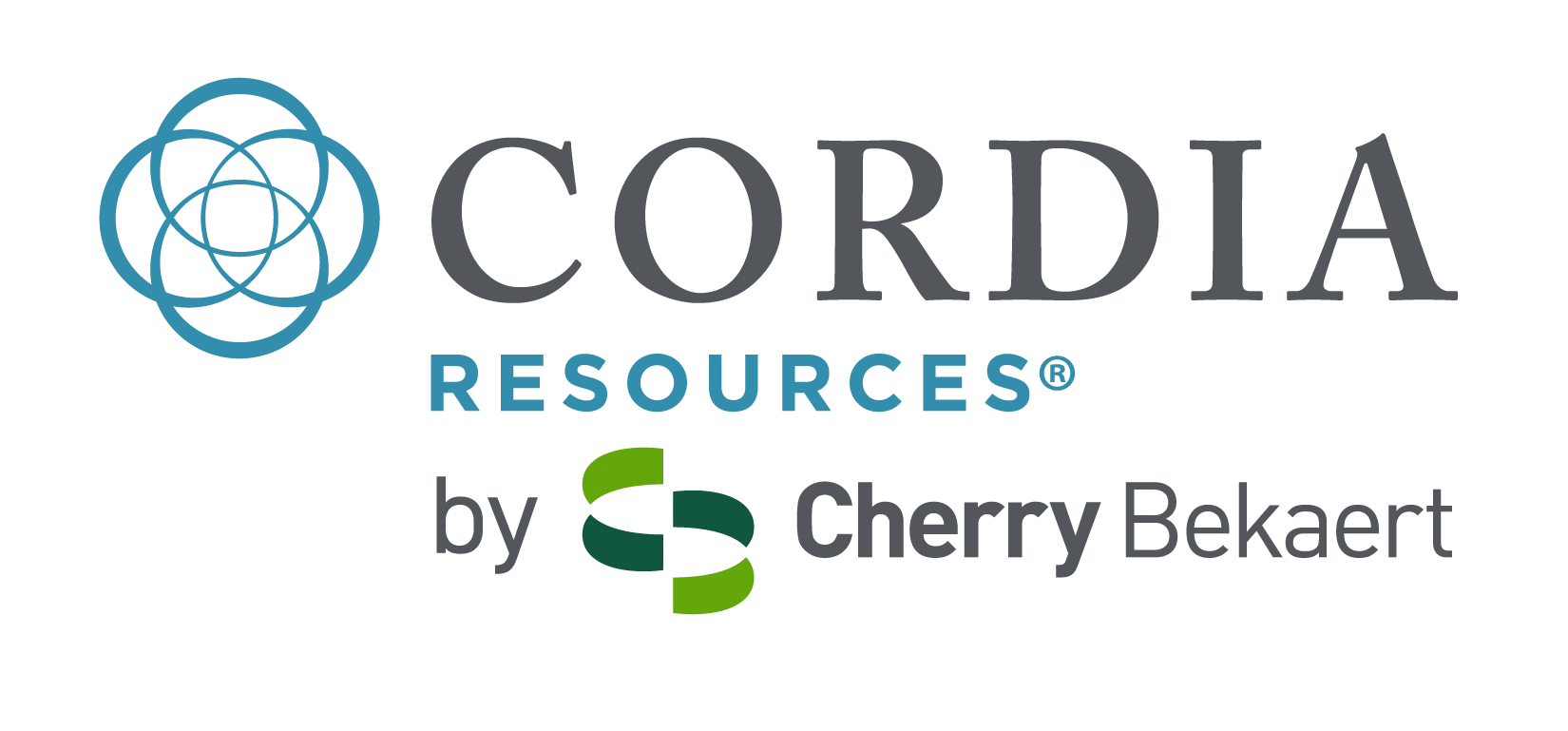By Veronica Vannoy
Hiring the most qualified professionals for open positions is often difficult and time-consuming. This is especially true in a tight talent market such as the one we are currently experiencing. Demand to fill highly skilled and technical roles continues to be particularly high, while access to top talent is limited due to competition. This competition has put a premium on developing and executing effective retention strategies. Now more than ever, organizations must develop hiring and retention strategies to create strong connectivity, address challenging work and opportunities for advancement for their employees while enhancing flexibility. Effectively executing these recruitment and retention strategies is critical to achieving the goals of building loyalty and creating value.
Below are a few best practices your organization can start using to develop successful and efficient hiring and retention strategies.
1. Retention starts with recruiting. Identify what aspects of your culture and mission you want to emphasize, and then seek candidates that match those characteristics. Candidates who believe in your mission and feel connected to your organization will be more likely to stay longer and be engaged and successful.
2. Clearly outline the position(s). Creating a clear, focused job description is a critical aspect of the hiring process. Define the exact functions, duties, and requirements of the open job. These will help prepare hiring managers to develop screening questions and identify the best candidates from the start.3. Identify candidates who are likely to integrate well and stay with your organization. When reviewing resumes and conducting interviews, look for longevity in previous jobs, examples of team player activities, and what causes they care about to see if they fit your culture.
4. Provide fair compensation and benefits targeted to your employee base. Research market rates for the roles you are hiring for and consider the benefits that will be most effective in driving retention with your employee base. Consider rewards such as bonuses, flexible hours and work arrangements, health and financial wellness programs, student loan assistance, professional development programs, and volunteer benefits to improve employee retention.
5. Build an onboarding plan. Create a smooth transition for new employees to learn the company’s rules and procedures and meet their colleagues. Assign a mentor or coach to assist during the first few months and create a checklist of expectations for the first 30, 60, and 90 days of employment.
6. Provide a path to training and advancement. Provide effective and timely feedback on job performance and career advancement opportunities, and where appropriate, consider promoting from within to help employees feel valued and grow as professionals. Provide training to hone employee soft and technical skills and offer leadership training programs to assist future leaders. Make sure to reward and recognize your employees to increase retention and loyalty.
7. Establish open communication. Create open communication between leadership and employees to build a community of trust, transparency, and loyalty. Share financial and operational information in good and bad times through staff meetings, town halls, and other corporate gatherings.
8. Embrace technology. Invest in your employees’ ability to perform their jobs with the best technology tools and mobile apps available. Leverage the technology to maintain communication with your onsite and remote teams, increase productivity, and build efficiencies to increase profitability.
9. Be prepared for turnover. Regardless of having a solid hiring and retention strategy, turnover will happen. People don’t pass up a dream job, so be prepared to hire your next star quickly. Keep job descriptions current and assess team gaps to know what your team should look like in the future and how your organization’s operational needs may evolve. Learn how to improve from structured exit interviews.
10. Flexible Work Environment. Create a flexible work environment for your employees so they may take advantage of flexible working hours, remote working days, collaboration days in the office, and other situations. Communicate clearly what is expected of their flexible work schedule, trust your employees, and give them the tools they need to achieve a good work-life balance.
11. Invest in hiring resources. Hire well-qualified internal recruiters and build relationships with top-quality recruiting and staffing firms to assist in the sourcing and hiring process. With respect to external recruiting and staffing partners, focus on those that have a specialty in the roles you need to fill, so you have access to the broadest and most qualified pool of candidates. It’s important to know the market, the requirements of the role, and which candidate skills will be right for your company culture to increase the chances of retaining future employees.
Finding and retaining the best talent is a challenge, but with a solid hiring and retention strategy, organizations can be successful. Start developing a hiring and retention program or continue to fine-tune your solutions with these best practices. If you are looking to understand how to build a hiring strategy or how to work with a recruiting and staffing firm, contact Cordia Resources anytime or visit our website at www.cordiaresources.com.



